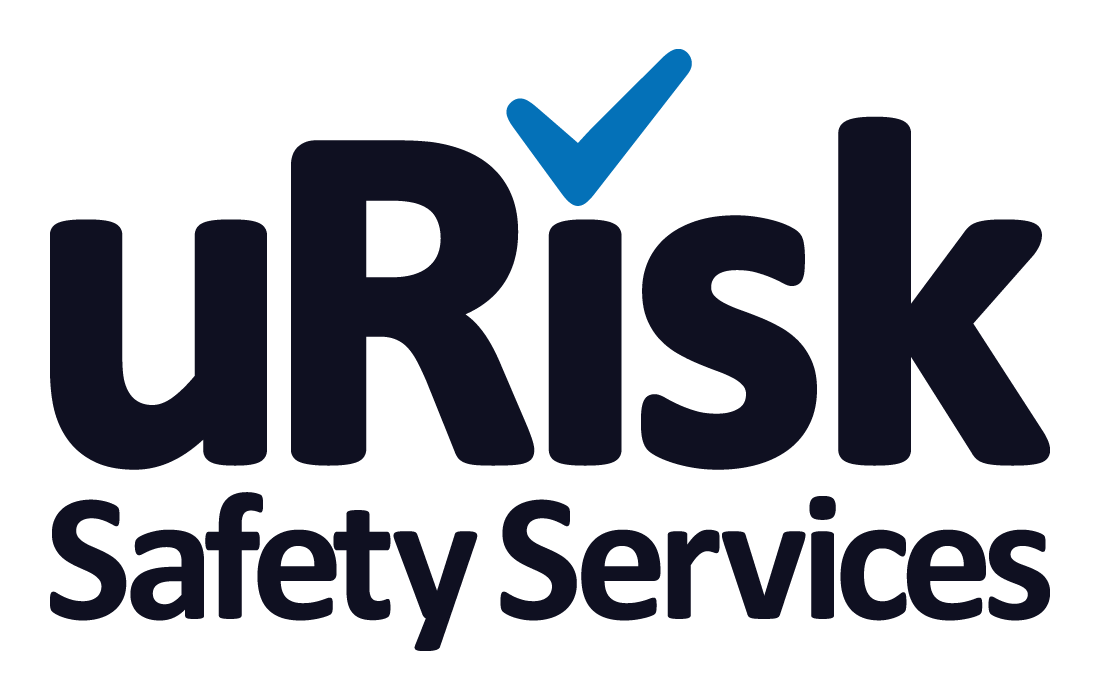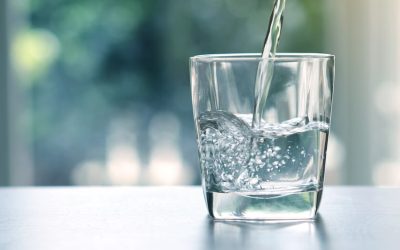No Results Found
The page you requested could not be found. Try refining your search, or use the navigation above to locate the post.
Keeping Your Passengers Safe From Legionnaires’ Disease
Under the Health and Safety at Work etc Act 1974, all organisations are responsible for the health and safety of their employees and members of the public. This means deciding what could cause harm by undertaking a risk assessment and then taking the precautions to eliminate those risks.
The Health and Safety Executive (HSE) has published approved guidance on the control of legionella bacteria in water systems, as well as technical guidance on the control of legionella bacteria in hot and cold water systems. The guidance applies to all organisations, including passenger transportation companies.
Do Trains and Boats Need to Be Tested for Legionella?
Those responsible for passenger transport that provides toilets, washing facilities, drinking water and water-cooled air conditioning units are legally required to undertake regular risk assessments. Water sampling and analysis is not a legal requirement itself, but it is advisable as a way of helping to determine the success of your water management.
All passenger transport can be at risk from legionella bacteria, given the right conditions. After a period of inactivity during the lockdowns in 2021, a few Thameslink trains were found to have actionable traces of legionella in some of their toilets, prompting staff to threaten strike action over safety fears. And two passengers who’d holidayed on Carnival Cruise Lines contracted Legionnaires’ disease, which necessitated taking the affected liner out of service for extensive testing and disinfection.
Insulation
In buildings, water pipes and air conditioning units are well insulated and protected against the weather. However, in trains, planes and ships, the pipes are less insulated, and on hot days or in direct sunlight, the water could heat enough to produce optimal conditions for legionella to thrive. It is therefore important to make sure that on-board water systems are correctly maintained to prevent the chance of contamination.
Spa Pools on Cruise Liners
Cruise ships have additional dangers when it comes to legionella as they are likely to have spa pools and hot tubs as part of their on-board facilities. Spa pools are particularly vulnerable to legionella because of the heat of the water – at around 37oC-38oC, it is the ideal temperature to enable the legionella bacteria to thrive (between 20oC and 50oC). The danger is compounded by the way the water in a spa pool is agitated. The movement creates aerosol spray which is easily inhaled by people in or near the pool – if any droplets contain legionella bacteria, they are provided with a direct route into the lungs where they have the potential to develop into Legionnaires’ disease.
Risk Assessments and Water Testing
It is a legal requirement for all organisations to undertake regular legionella risk assessments – in the case of public transport we would recommend every two years or whenever you have any concerns. Water testing and analysis is not a legal requirement but is recommended as part of your maintenance programme. If you would like to discuss your requirements or ask us any questions about any aspect of legionella management and prevention, please feel free to contact us.
Legionella and Water Hygiene Blog Posts
What Is a Legionella Course, and What Does It Entail?
Training courses are an important part of any job, and not just as a way of enhancing your professional skills. Under health and safety law, learning how to keep your staff and visitors safe is a vital part of your business responsibilities, and legionella courses are...
Essential Legionella Course: Prevention and Control Strategies
Under UK health and safety law, the management and control of legionella is an essential part of the duties of building owners, duty holders, facilities managers, employers or responsible persons. It is a duty holder’s responsibility to ensure there are adequate...
Certified Water Chlorination Courses: Your Path to Water Safety
Chlorination is an important part of cleaning and disinfection in cold water systems. But chlorine needs extremely careful handling, so any legionella disinfection course must include a basic understanding of chlorination chemistry, chlorination methods and chlorine...



